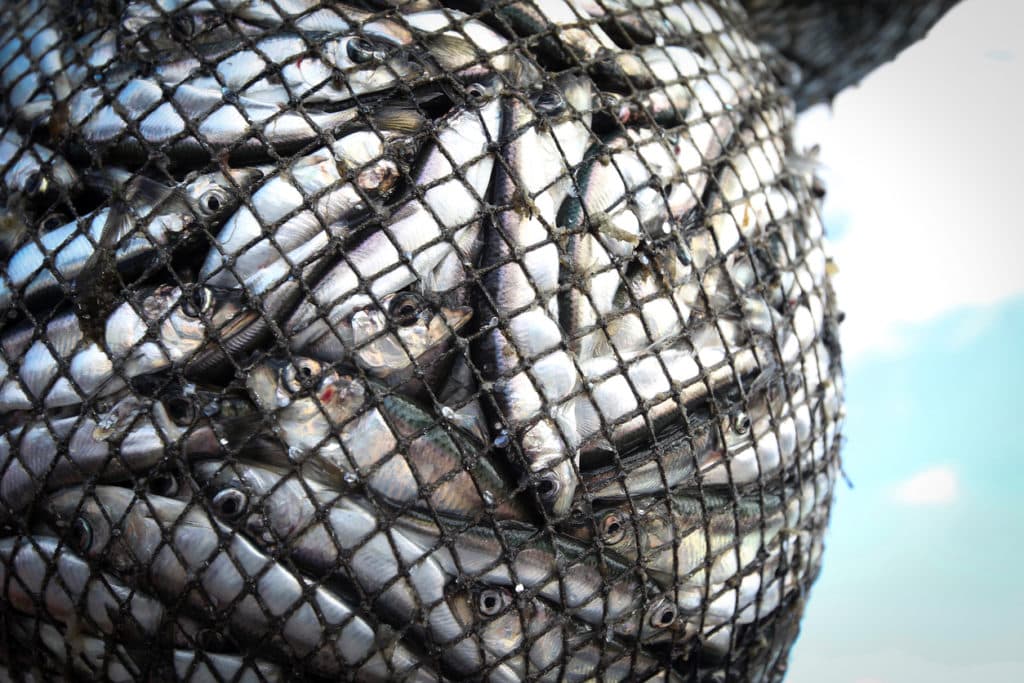Johánnes Stefánsson is the key figure in the Fishrot scandal, a wide-reaching exposé that has resulted in the resignation of multiple Namibian government officials. The scandal revolves around the payment of bribes from an Icelandic fishing company, Samherji, to government officials in exchange for Namibian fishing rights. Stefánsson worked his way up through the ranks of the company, finally becoming managing director in charge of securing new fishing rights for Samherji. Stefánsson slowly realized that he was involved with a multi-million dollar bribery scheme to secure Namibian fishing rights. In 2016, he went public with allegations of corruption and misconduct in the fishing industry, and this decision nearly cost him his life.
While working at Samherji, Stefánsson witnessed the extent of the corruption at work in the Namibian fishing industry. Namibia is a resource-rich country in southwest Africa which has struggled for independence from colonialism since the first Europeans landed on its shores in the 15th century. Since successfully winning its independence from South Africa’s apartheid state in 1990, the concern has shifted from occupation of Namibia to neo-colonialist corporate exploitation of the country’s resources. Over a fifth of Namibians live in poverty, in part because of multinational corporations being allowed to develop and export their vast natural resources, taking most of the wealth back to their own countries. This kind of operation allows the foreign companies to avoid paying taxes to governments, and instead paying a tiny percentage in illicit bribes. Soon after the first United Nations-certified democratic elections were held in Namibia, the government tried to get ahead of this danger by enacting legislation requiring that all companies given the rights to Namibia’s natural resources be owned by a majority of Namibians.
Although this may sound like a strong system to protect natural resources such as fishing grounds, Stefánsson has evidence documenting how Samherji was able to evade those protections. While on paper Samherji’s Namibian subsidiary companies were majority Namibian-owned, Samherji viewed these owners as frontmen, funnelling profits through them back to their base of operations in Iceland, all the while taking full advantage of international tax loopholes to reduce taxes paid to the Namibian government. Knowing that the fishing rights that Samherji wanted were already licensed to different groups, Stefánsson’s documents show that Samherji and its friends in the Namibian government found another way. They struck a deal with the bordering country of Angola for a new license to fish the area. Then, one of the government conspirators sold the rights at far below market value to a subsidiary of Samherji. All of the excess money that should have been going into the Namibian coffers instead went into the pockets of the Icelandic company and the corrupt officials.
Stefánsson’s documents clearly show that Samherji knew full well what they were doing. Memos from executives high up in the company often mention the important roles that since-arrested former Minister of Fisheries and Marine Resources, Bernhard Esau and many of his colleagues, including former Minister of Justice, Sacky Shanghala played in securing and holding unfairly acquired fishing quotas. Other documents show that over $10 million USD was transferred from Samherji to companies with close ties to Shanghala from 2012 on.
Namibian newspapers like The Namibian, the Namibian Sun, and Eagle FM Namibia have extensively covered Stefánsson’s case and updates related to the fallout from his whistleblower disclosures. The case has also garnered international attention. After Stefánsson left Samherji in 2016, he downloaded information from the company onto 5 hard drives, according to WNN’s Whistleblower of the Week profile featuring his story. When Stefánsson returned home to Iceland after leaving Samherji, he contacted WikiLeaks and the documents became part of Wikileaks’ Fishrot Files, a resource with accessible documents about key figures in the Namibian fishing industry, as well as corruption, tax evasion, and money laundering.
After Wikileaks published the documents, Al Jazeera conducted an investigation into the alleged corruption in Namibia’s fishing industry which culminated in the December 2019 article “Anatomy of a Bribe: A deep dive into the underworld of corruption.” The investigation provided insight into the groups Stefánsson went up against in South Africa in 2016, where he believes he was poisoned in 2017 as retaliation for his disclosures. Though his symptoms are varied and may be better or worse depending on the day, they have greatly reduced his quality of life, causing him to lose weight and making unable to perform everyday tasks.
Even though he believes that multiple attempts have been made on his life, Stefánsson plans to return to Namibia in April for the trial to testify.
Whistleblower advocates joined together to support Stefánsson, launching a GoFundMe campaign to help Stefánsson afford medical treatment for poisoning.
